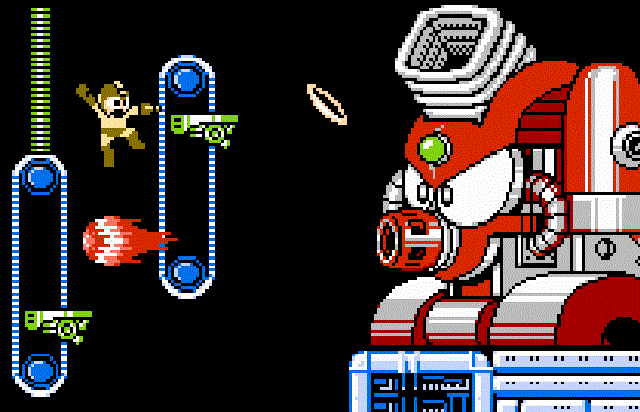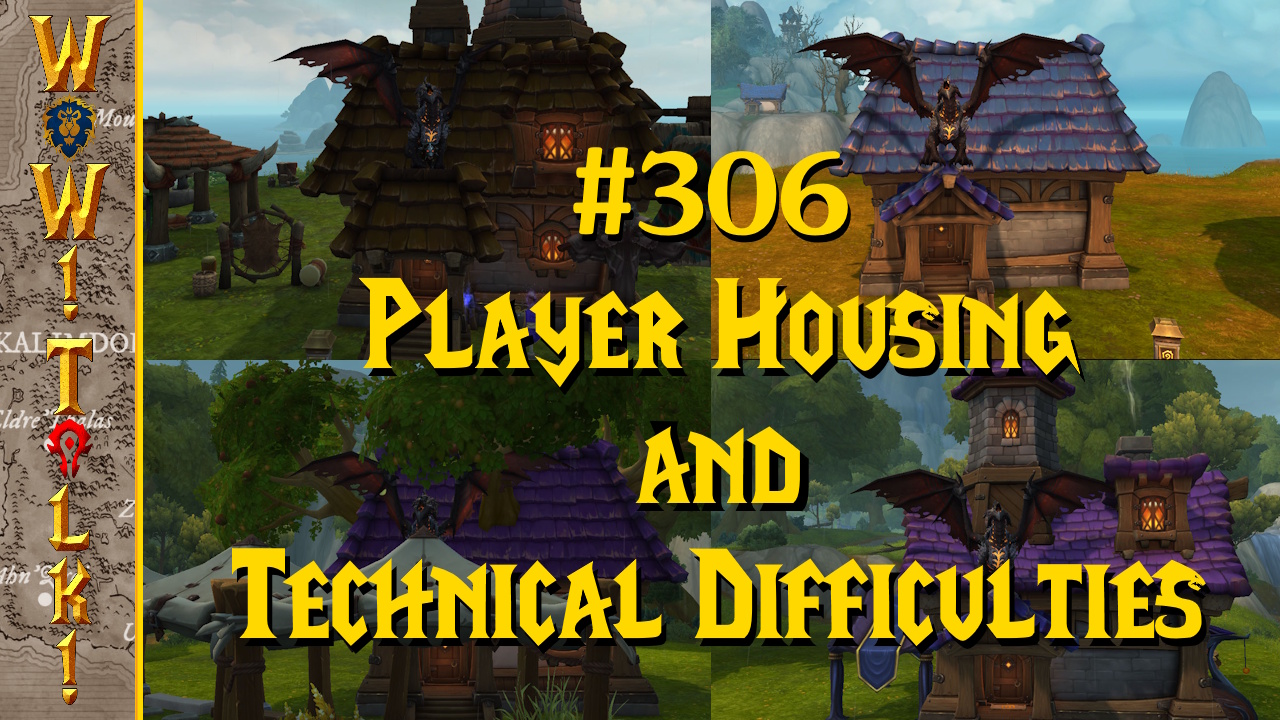Happy Birthday Mega Man! is a three part editorial on how Mega Man changed my life as a gamer. The Blue Bomber has a special place in many a gamer’s heart and I am no exception. All my work this week is dedicated to that little blue robot who showed me what I could do if I never gave up.
In case you missed it, here’s part one.
Another great aspect about the Mega Man games was that you could choose what level you wanted to try next. That choice could be daunting when you were trying to figure out whether ice worked on fire or if fire worked best on ice, but it also gave the player options when things got bad. In most games of the time I’d come crashing into a single spot that stopped me from progressing. I’d play a few times, lose all my lives, and have to replay the entire game just to get another shot or two at that same hard spot.
Mega Man 4 had those same difficult parts, but running into one didn’t mean I was stuck forever. I could always go try out another stage or gain a new power that might make all the difference. After all, how many of you legitimately cross the disappearing platforms in Mega Man 2 in Heat Man’s stage when you play it? Mega Man is full of alternate ways of getting through the stages and bypassing hazards, making it so a player like me could just poke and prod at the game until a solution appeared or I got just good enough at a spot to get through. It took out the frustration of getting stuck by giving the player different avenues to try out, and that was the boost I needed to keep me going. I was now consistently getting to bosses, so I just needed that one game-changing power to keep moving.
I moved on to Dive Man’s stage despite all the trouble I’d had with it before. When I rented the game, I always loved and dreaded seeing the huge whales that served as minibosses. They were created with such loving attention to detail that I wanted to just stare at them for a few minutes and take in every aspect of them. They weren’t the simple, goofy-looking machines I’d been fighting, but mechanical monstrosities that showcased the power of the NES. They were beautiful and powerful, something I recognized even back then. I think that’s why I was so happy to watch other people play these games, and why I’ll still watch people play them today.
Enemies in games released around the same time as Mega Man weren’t often given this much attention or care. 8-bit art really brings me back when I see it now, but it can be downright ugly and blocky when the artists don’t care. I’ve seen some pretty bad art in many of the games that I loved, but Mega Man 4‘s huge creatures just had me gaping at them. I was supposed to be fighting them, but instead I was looking at the little details all over them. The rivets on the side of the whales were a nice touch, as were all the finer details I’d see on creatures over the series. The Mega Man games always had amazing artwork in them, and the creatures were so varied compared to anything else. You didn’t see a handful of basic monsters when you played Mega Man, but a whole cast of enemies that might only appear in an area or two. You could see that the developers put a lot of love and hard work into the series just from the number and quality of enemies.
I really started to pick up on the music as I clawed my way to Dive Man’s boss room. The music in that stage is bursting with energy, and it really encouraged me to keep going. My mood kept pace with the beat, and I found it really hard to get discouraged while it was playing. It was like the developers had snuck in a little bit more help to keep me going, a musical gift that has run through the game since its inception. This series has been without equal across its entire run, creating some of the best songs I’ve ever heard in video games or any other entertainment medium. The people in charge of Mega Man squeezed magic out of the NES sound system every time, and did so consistently across over the entire run and into the Mega Man X series.
All of that good music just gets your heart pumping. I want to play a game of Mega Man every time I hear any song from the series, and I can name almost every single stage just from hearing a few seconds of the music. It gets me worked up and in a mindset to succeed when I hear these songs, and I swear that Dive Man’s stage theme was just the kick in the pants I needed. Even when the boss music started up I was still excited and ready to go.
I beat Dive Man. His pattern wasn’t all that hard, and staying on either side of the screen meant I could take out his shots while still firing my own. A brute force victory, but I had developed tactics to fight him. I was getting somewhere. I used those skills to get past the remaining bosses as well, figuring out the odd array of weakness and eventually unlocking the Rush Jet (Suck on that, Bright Man’s level). Before long even Skull Man was exploding into balls of light, and I was on my way to fight Dr…Cossack?
I had no idea what kind of slog I was in for, or about the fact that I couldn’t quit until I’d finished the game. During my first run at Dr. Cossack’s palace I made the classic beginner’s mistake of copying down my password after dying, thinking I could quit for the day and come back refreshed and ready to tackle the rest of the castle the next morning. I found out, to my horror, that my password plunked me down right at the front gate, forcing me to repeat the levels I’d beaten. If I hadn’t put so much effort into getting there I might have given up, but the end was in sight and I pressed on.
The end wasn’t in sight, though. In fact, I was nowhere near it, as the game was done making accommodations for me while I learned how to play it. If you made it to the gates of the castle, that was your way of telling the developers that you were ready for the real game to start. Everything before that point was nothing more than an extended tutorial, honing your jumps and shots to the point where they were pure reaction without thought. Now, it was time to test what I’d become.
The enemies were different. The stages were relentless. The bosses were hard to read and had no obvious weakness. Despite all of that, anyone who’s come this far has the tools to get by. Mega Man games have this amazing ability to teach. Almost every game on the market goes about teaching its players in a similar way, but no other series so clearly divides itself in that way like Mega Man does. Everything before the Castle is meant to build you up, offering you passwords and simpler stages so that you can pace yourself as you play. If the going gets hard, grab your password and take a break. Unlike most games with password systems, Mega Man put a stop to that right about when the game was going to be its hardest. Not only do you have to play through the most difficult areas of the game, but you have to do them one after another without any kind of break. Pause and grab a sandwich, but otherwise it’s one long run to the finish.
I survived them, though. It took days of trying and some really hard moments where I had to shut down the game and lose all of my progress, but I soon came to the apex of challenge and one of the iconic places in the game: the teleporter room. Now, we were playing for real. No more screwing around. Those eight bosses that took you weeks to beat? Kill all of them in a row without anything but a large health restoring item between each fight.
Games that have you run boss gauntlets don’t show up much these days, as they are one of the hardest things you can ever do in a game. Unless you have perfect reflexes and a flawless set of techniques for each boss, even a skilled player won’t get past them. Before that day, the only game I’d ever beaten before was Kirby’s Dreamland. I had come so far from thinking King Dedede was hard, and just needed to really knuckle down one last time. I selected a random chamber, knowing that the only alternative was shutting off the game and never picking it back up again. If I gave up here, I’d never have the courage to do this again. I would be beaten forever.
Images courtesy of telebunny.net, retrofatcat.com








